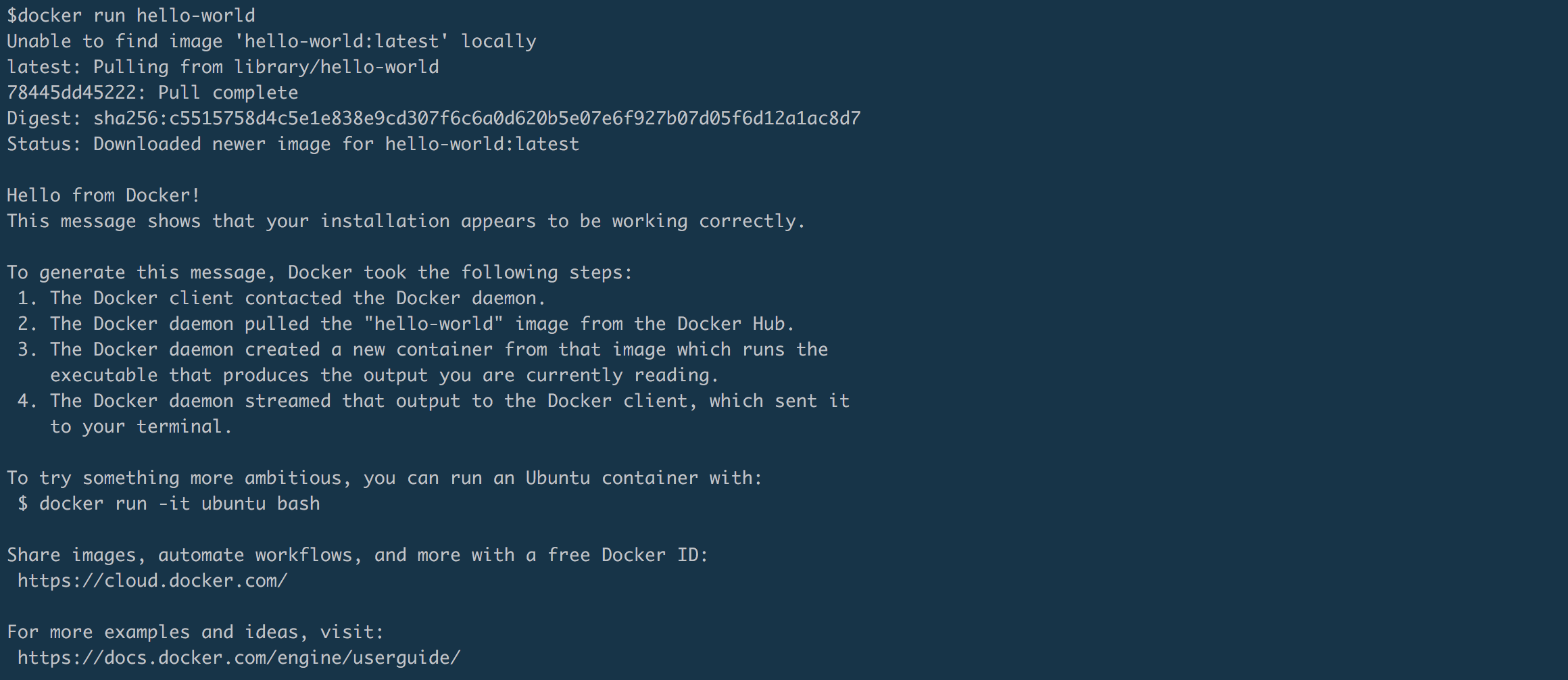- Docker Download And Run Image Pdf
- Docker Download And Run Image Cartoon
- Docker Download And Run Image Clip Art
Estimated reading time: 5 minutes
Docker has enabled download rate limits for pull requests on Docker Hub. Limits are determined based on the account type. For more information, see Resource Consumption FAQs and Docker Hub Pricing.
As it turns out apt update was never run. Apt update apt install wget After discussing this with a coworker we mused that apt update is likely not run in order to save both time and space in the docker image. The Docker Weekly is a email newsletter with the latest content on Docker and the event agenda for the upcoming weeks. Meet the Captains Select members of the community that are both experts in their field and are passionate about sharing their Docker knowledge with others. Redis is an open source key-value store that functions as a data structure server.
A user’s limit will be equal to the highest entitlement of theirpersonal account or any organization they belong to. To take advantage of this, you must log into Docker Hub as an authenticated user. For more information, seeHow do I authenticate pull requests. Unauthenticated (anonymous) users will have the limits enforced via IP.
- A pull request is defined as up to two
GETrequests on registry manifest URLs (/v2/*/manifests/*). - A normal image pull makes a single manifest request.
- A pull request for a multi-arch image makes two manifest requests.
HEADrequests are not counted.- Limits are applied based on the user doing the pull, and not based on the image being pulled or its owner.
Docker will gradually introduce these rate limits starting November 2nd, 2020.
How do I know my pull requests are being limited
When you issue a pull request and you are over the limit for your account type, Docker Hub will return a 429 response code with the following body when the manifest is requested:
You will see this error message in the Docker CLI or in the Docker Engine logs.
How can I check my current rate
Valid manifest API requests to Hub will usually include the following rate limit headers in the response:
These headers will be returned on both GET and HEAD requests. Note that using GET emulates a real pull and will count towards the limit; using HEAD will not, so we will use it in this example. To check your limits, you will need curl, grep, and jq installed.
To get a token anonymously (if you are pulling anonymously):
To get a token with a user account (if you are authenticating your pulls) - don’t forget to insert your username and password in the following command:
Then to get the headers showing your limits, run the following:
Which should return headers including these:
This means my limit is 100 per 21600 seconds (6 hours), and I have 76 pulls remaining.
Remember that these headers are best-effort and there will be small variations.
I don’t see any RateLimit headers
If you do not see these headers, that means pulling that image would not count towards pull limits. This could be because you are authenticated with a user associated with a Legacy/Pro/Team Docker Hub account, or because the image or your IP is unlimited in partnership with a publisher, provider, or open source organization.
How do I authenticate pull requests
The following section contains information on how to log into on Docker Hub to authenticate pull requests.
Docker Desktop
If you are using Docker Desktop, you can log into Docker Hub from the Docker Desktop menu.
Click Sign in / Create Docker ID from the Docker Desktop menu and follow the on-screen instructions to complete the sign-in process.
Docker Engine
If you are using a standalone version of Docker Engine, run the docker login command from a terminal to authenticate with Docker Hub. For information on how to use the command, see docker login.
Docker Swarm
If you are running Docker Swarm, you must use the -- with-registry-auth flag to authenticate with Docker Hub. For more information, see docker service create. If you are using a Docker Compose file to deploy an application stack, see docker stack deploy.
GitHub Actions
If you are using GitHub Actions to build and push Docker images to Docker Hub, see login action. If you are using another Action, you must add your username and access token in a similar way for authentication.
Docker Download And Run Image Pdf
Kubernetes

If you are running Kubernetes, follow the instructions in Pull an Image from a Private Registry for information on authentication.
Third-party platforms
If you are using any third-party platforms, follow your provider’s instructions on using registry authentication.
Other limits

Docker Hub also has an overall rate limit to protect the application and infrastructure. This limit applies to all requests to Hub properties including web pages, APIs, image pulls, etc. The limit is applied per-IP, and while the limit changes over time depending on loadand other factors, it is in the order of thousands of requests per minute. The overall rate limit applies to all users equallyregardless of account level.
Docker Download And Run Image Cartoon
You can differentiate between these limits by looking at the error code. The “overall limit” will return a simple 429 Too Many Requests response. The pull limit returns a longer error message thatincludes a link to this page.
Docker Download And Run Image Clip Art
Docker, pull requests, download, limit